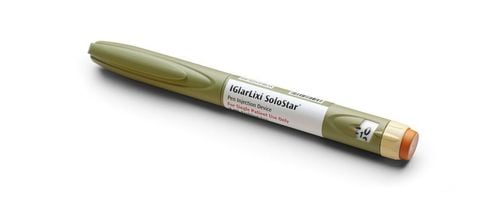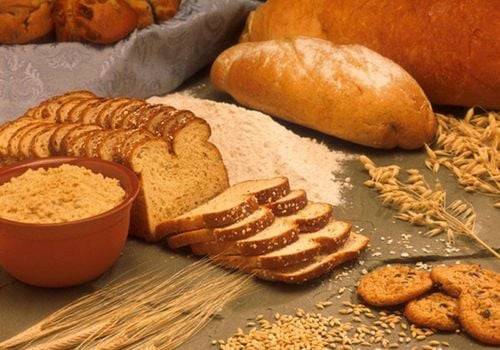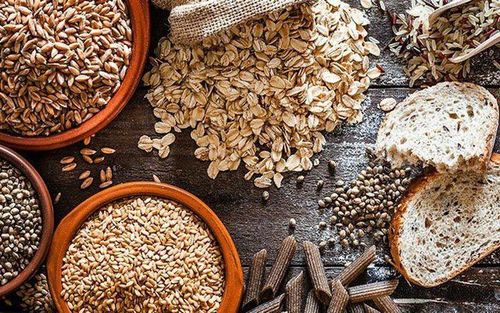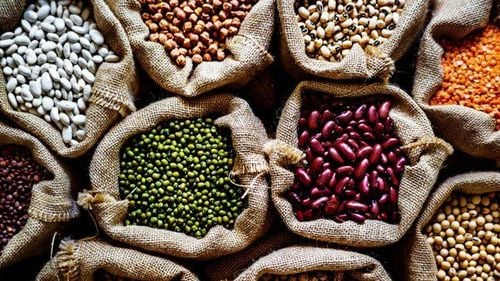This is an automatically translated article.
Cereals are an extremely popular breakfast food. It is especially convenient for people with busy lives. However, some cereals are often loaded with added sugar and unhealthy ingredients. So many people wonder about which cereals are good for health.
1. Oats
Oats are a whole grain that is rich in fiber and other essential nutrients like B vitamins, iron and magnesium. One cup of oats (117 grams) provides 4 grams of fiber, 18% phosphorus and selenium, 16% zinc and 68% manganese.
Oats are often crushed to make food in the form of flour or porridge. Currently, oat cereal is available in all sales systems globally, but consumers should still make this cereal at home because processed oats often contain a lot of sugar and other unhealthy substances. good for health.
Oatmeal is very versatile and can be prepared in many different ways. It is usually mixed with boiling water or milk, then topped with fresh fruit, cinnamon or nuts to enjoy. Alternatively, you can also use them for breakfast by mixing oats with yogurt and leaving it overnight.
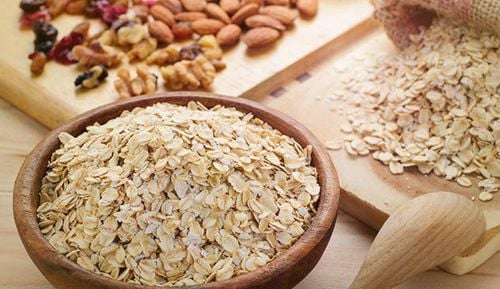
Bột yến mạch chứa nhiều chất xơ và dinh dưỡng
2. Muesli . cereal
Muesli is a coarse grain, made up of a combination of grains, nuts and dried fruits. This cereal does not contain any oils or sweeteners, and is a great source of many important nutrients for the body, including protein, fiber, vitamins and minerals.
Adding muesli to your daily diet will help protect your health from diseases, such as high blood pressure, breast cancer, ovarian cancer, heart disease,...
In addition, You can also reduce the carbs in muesli by making a nut-free version, made with coconut flakes, nuts, and raisins.
3. Granola cereal
Granola is another great healthy option. The main ingredients of this cereal include oats, nuts and fruits that are dried in the oven until crisp.
Granola cereal contains a large amount of protein and healthy fats. In addition, it is a rich source of vitamins and minerals, such as B vitamins, magnesium, phosphorus and manganese.
Despite their high nutrient content, most store-bought granola products tend to be loaded with sugar, which is why it's best to make your own.
One drawback of Granola is that it is relatively high in calories. Normally, in 122 grams of Granola will provide about 600 calories. Therefore, you should eat in moderation, a reasonable serving size is about 1⁄4 cups, equivalent to 85 grams of Granola.
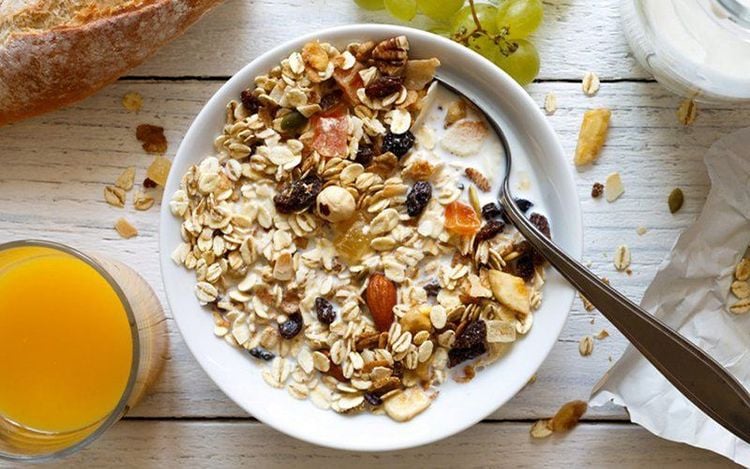
Granola cung cấp nhiều calo
4. Brown rice
In the world of whole grains, brown rice is a shining star. The reason lies in the health benefits that they bring to people.
The three most nutritious components of brown rice, including the bran, germ and endosperm. These substances are not removed during the milling process. In addition, brown rice is rich in protein and fiber, along with other healthy minerals and plant compounds.
Regularly eating brown rice can significantly reduce high cholesterol, control blood sugar and nourish beneficial bacteria in the intestinal tract, thereby effectively preventing constipation.
However brown rice does not stay fresh for as long as white rice, so the best time to use them is about 6 months.
5. Sorghum
Sorghum is a grain that has appeared for a long time, passed through many different cultures and still exists today. This is an essential food in the daily life of people in Africa. In the Middle East, it is used to make bread and couscous.
Sorghum is generally gluten-free, which is effective in treating and preventing diseases like celiac disease, ADHD, autism, and irritable bowel syndrome.
There are many ways to prepare this cereal. You can make popcorn, or use the dough to make bread, pizza, and baked goods.
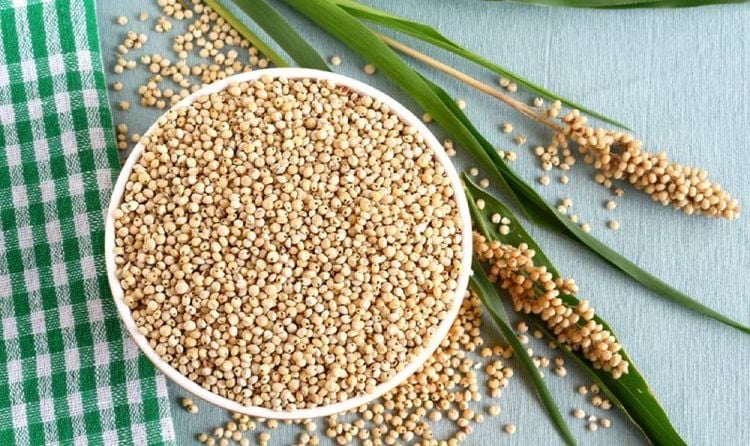
Có nhiều cách chế biến cao lương để sử dụng
6. Buckwheat
Buckwheat is a cousin of the rhubarb plant, commonly known as a nut. Buckwheat contains up to nine essential amino acids, is rich in total protein and vitamin B.
With an outstanding nutritional profile, this cereal has become a valuable food for health. In Oriental medicine, people use it to make a remedy for diseases such as white blood cells, bad breath, purpura, weakness, or excessive sweating.
Alternatively, you can use buckwheat seeds to make pancakes, soba noodles or add to salads.
7. Barley
Barley is one of the oldest grains in mankind. The ancient Egyptians appreciated it so much that they buried mummies with barley necklaces.
Barley contains the most fiber of all grains. The fibers are mostly soluble fiber beta-glucans that help control cholesterol levels and strengthen the immune system.
Furthermore, whole barley and its hull are also rich in antioxidants, vitamins and other essential minerals.
8. Millet
Millet is a herbaceous plant with small seeds. Main varieties of millet, including pearl millet, foxtail millet, proso millet and finger millet.
Millet is commonly used to make beer in Africa and bread in India. Alternatively, you can also use millet flour for gluten-free pancakes, or muffins.
Millet seeds contain a lot of manganese, which is an important mineral that helps bones and brains stay supple and healthy.
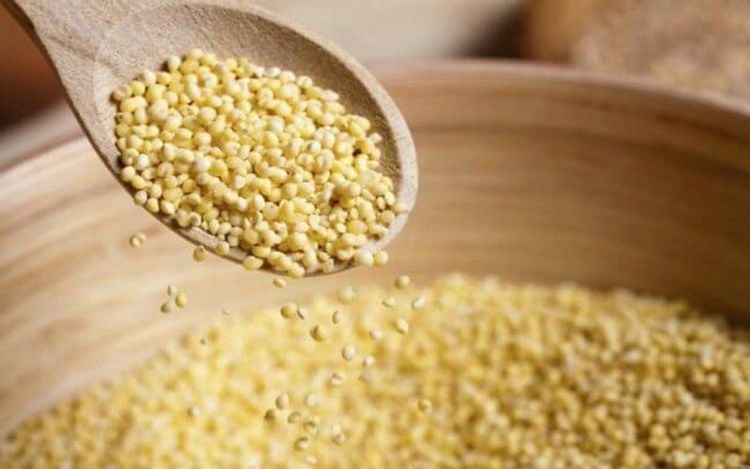
Hạt kê chứa nhiều chất dinh dưỡng tốt cho não bộ
9. Quinoa
Quinoa is a seed, gluten-free and native to South America. It is rich in total protein, fiber, phosphorus, manganese, magnesium, folate and vitamin B1.
Due to its rich source of protein, quinoa is a suitable choice for those who are following a vegetarian diet. In addition, it can prevent health conditions such as heart disease, diabetes, obesity.
Quinoa seeds are often used to make salads, soups or stir-fries served with rice. You can also take them with milk and enjoy it as a breakfast cereal. However, you should rinse the quinoa seeds before cooking to remove the saponin layer, a natural plant chemical that has a bitter taste.
10. Wild rice
Although its name is “Wild Rice”, it is not actually rice but an aquatic seed. This wild rice often grows naturally along waterways in all states of the United States.
It provides the body with twice the amount of protein and fiber found in brown rice, but is quite low in iron and calcium. In particular, the GI (speed of absorption of sugar into the blood) of wild rice is the lowest compared to other types of rice, which helps to control the body's blood sugar level well.
Customers can directly go to Vinmec Health system nationwide to visit or contact the hotline here for support.
Articles refer to sources: healthline.com, webmd.com




